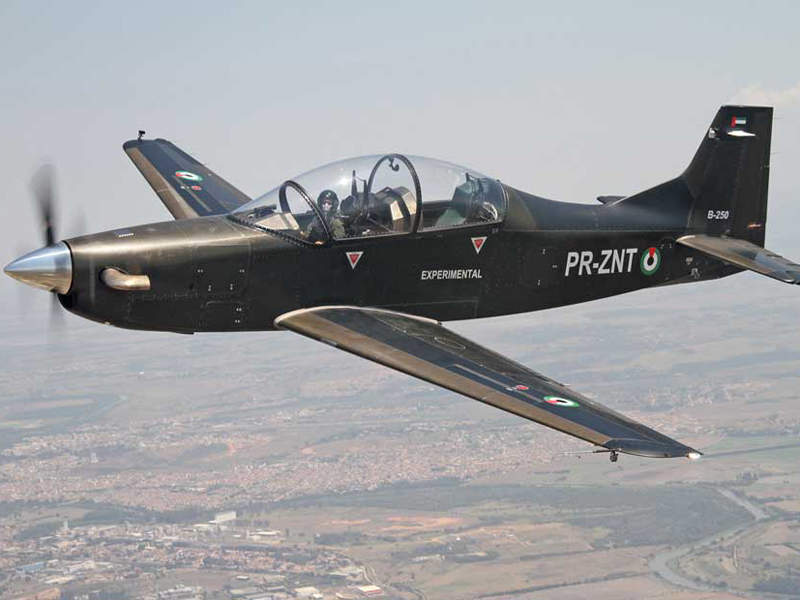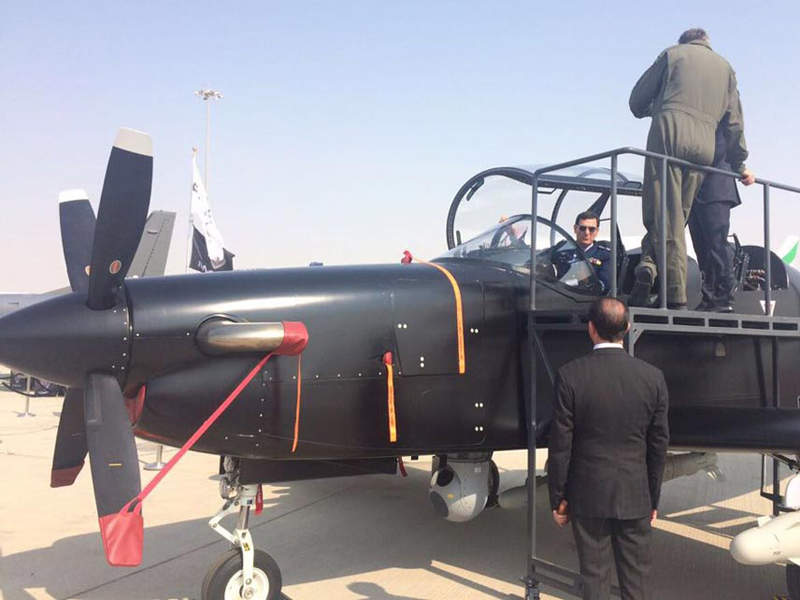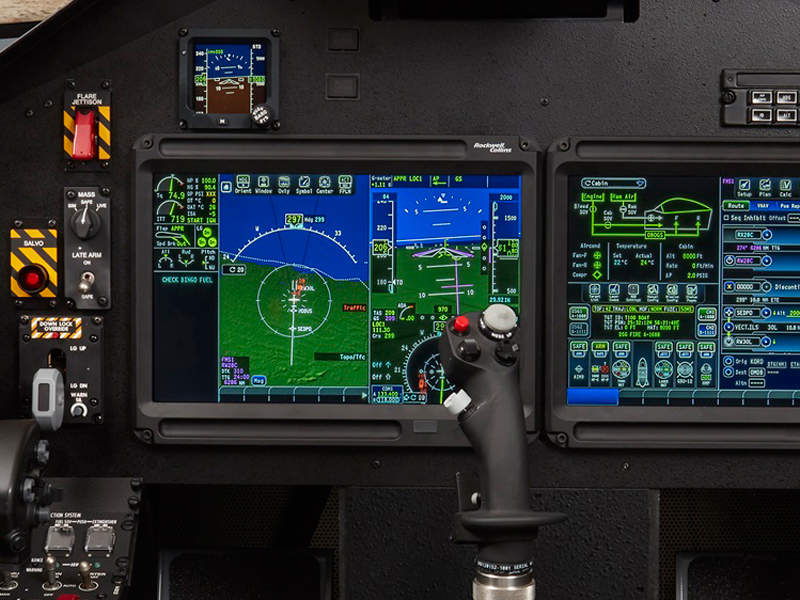Calidus B-250 is a next-generation light attack / trainer aircraft developed by Calidus in collaboration with Brazilian firm Novaer, Rockwell Collins and Pratt & Whitney Canada. It is specifically designed to serve the light combat and training requirements of air forces across the globe.
Calidus unveiled the B-250 aircraft at the Dubai Airshow in November 2017.
The military trainer can support counterinsurgency (COIN) attack missions, reconnaissance, and search-and-rescue (SAR) operations. It can further simulate close air support (CAS), and intelligence, surveillance and reconnaissance (ISR) mission environments during combat training activities.
Calidus B-250 development
The B-250 programme was launched in 2015 and its first prototype was developed within a period of 25 months, completing its maiden flight in July 2017. Calidus plans to construct a manufacturing facility in Al Ain City to facilitate the full-scale production of the B-250 aircraft.
The chief designer for the project was Joseph Kovacs, who was also a part of the design team of Embraer Tucano light attack aircraft.
B-250 military trainer design and features
The aircraft features an all-carbon fibre airframe designed by Novaer. The compact airframe reduces aircraft weight and enhances manoeuvrability while extending service life.
Low-wing configuration of the aircraft enables it to generate more lift and significantly reduce the drag. Safety of the on-board crew is ensured by the optional ballistic protection system.
The under-fuselage integrates a retractable tri-cycle type landing gear with three single wheel units. The reinforced landing gear enables operations from rough airfields and unprepared strips. The aircraft can be mounted with a Wescam MX-15 optronics turret, and seven hard points to carry a range of weapon systems.
The B-250 aircraft 10.88m-long and 3.79m-tall with a wingspan of 12.1m and a distance of 3.1m between the wheels.
Cockpit and avionics of Calidus B-250
The state-of-art, open-architecture cockpit houses two crew members in tandem configuration. It is fitted with two zero-zero ejection seats developed by Martin Baker. The fully pressurised and air-conditioned cockpit integrates an on-board oxygen generating system (OBOGS) to support long-range missions.
The B-250 military trainer aircraft is equipped with an advanced Rockwell Collins Proline Fusion avionics suite, including large multi-functional display screens, touchscreen technology, a digital head-up display (HUD), and intuitive icons.
The avionics suite gathers information from on-board sensors and offers real-time information about runways, taxiways, complex intersections, and aircraft location. The information will also enhance the situational awareness of the pilots.
It also integrates a fully automatic Multiscan weather radar, which provides information on the weather conditions to the on-board crew.
Engine and performance
B-250 is powered by a Pratt and Whitney PT6A-68 turboprop engine equipped with a multi-stage axial and single-stage centrifugal compressor. Coupled to a single four-bladed propeller, the engine has maximum power production capacity of 1,600shp.
The power-plant allows the aircraft to fly at a maximum speed of 301k. The aircraft can attain a maximum altitude of 30,000ft (9,000m) within a short span of time. It is designed to carry a maximum payload of 1,796kg and travel up to a maximum range of 4,500km.
The maximum autonomy or the endurance offered by the aircraft is 12 hours.
The Global Military Aircraft Market 2011-2021
This project forms part of our recent analysis and forecasts of the global military aircraft market available from our business information platform Strategic Defence Intelligence. For more information click here or contact us: EMEA: +44 20 7936 6783; Americas: +1 415 439 4914; Asia Pacific: +61 2 9947 9709 or via email.







